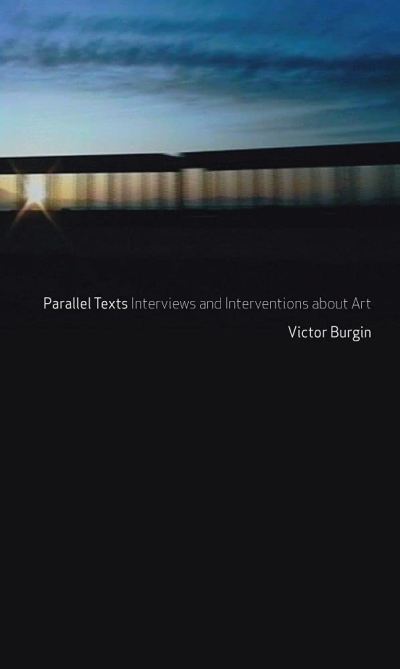
Kong Boos
The Stephanie Taylor Kong Boos—“song book,” with first and last letters rearranged—was an installation of sculpture, print works, and music throughout the landmark Schindler House on Kings Road that illustrated and expanded the narratives from six songs written by artist Stephanie Taylor between 2010 and 2014.
Stephanie Taylor writes music based on sound sequences she finds in sentences. Dividing all sounds into A, E, I, O and U, she creates melodies she finds within selected phrases. All of her work has rhyming as its starting point; connections are thereby made between things that sound the same. Her recorded songs are included as elements of her visual installations. For example, her 2002 sculpture, Bass, is a fish made of brass that takes its material from its name, and treats the connection as inevitable. Her 2007 sculpture, Hopper, is a rabbit cast in bronze and plated in copper. Using sound, Taylor makes a connection between Hopper and copper, Bass and brass. Form and function merge in rhyme. She uses this tongue-in-cheek conceptual strategy to make poetry from random strings of sounds, highlighting questions of meaning in and of language.
The Kong Boos at the Schindler House took six of Taylor’s songs and their associated character-based installations, and intermingled them, swapping characters and locations—a street vendor, a going-away-party, an Oil Man—and shifting plots throughout the property. As a whole, the exhibition featured tales meandering from Boston to the English Channel, then over to Los Angeles. Songs included were: Pork Shank Stew, Goodbye Song, Rosángela, Swam Sea Span, Piston Toggle, and Mommy! The songs (as audio elements within the installation) played one at a time throughout. An additional song played in the bathroom. Objects, photographs, and screen prints accompanied each plot.
Placing Taylor’s songs into the narrative-laden, architectural context of the modernist Schindler House presented the opportunity to add new layers to the experience of her work. Part of the significance of the House came from the decades worth of stories amassed by its numerous and engaging residents. A presentation of Taylor’s story-generating practice in a loaded environment as such provided her work with opportunities beyond the capacity of white-wall museum viewing environments.

































































































